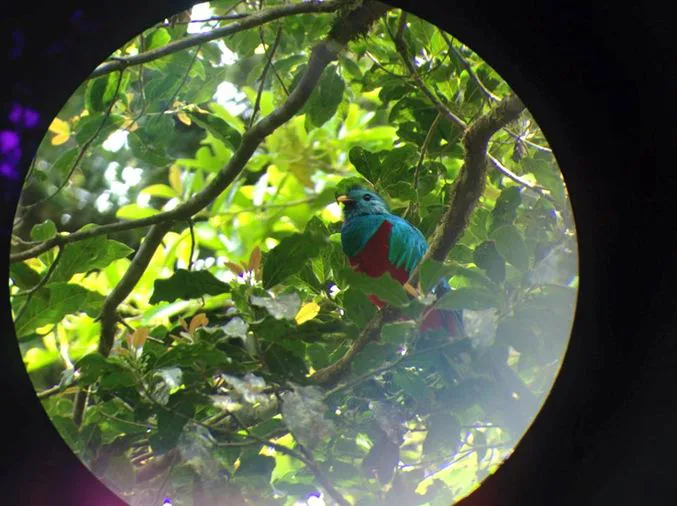Climate Change, Anthropogenic Noise, and the Bird Acoustic Niche
Anthropogenic climate change has a wide range of generalized impacts on biodiversity. Scientists have not only documented species extinctions but also geographic shifts of diverse taxa around the world. Hundreds of species are expanding their geographic range; some are colonizing habitats at higher altitudes and some moving toward the poles. Changes in species distribution have important implications on population dynamics at the community level. Thus, novel species interactions, such as competition for resources, predation, and parasitism, could alter ecosystem function and cause local population declines or even local extinction. One important component that is being altered but rarely mentioned is the change in soundscape composition.
The soundscape is composed of the different sounds produced by biotic and abiotic sources. For example, bird species produce unique sounds to communicate with other individuals of the same species, or even other species. However, these unique sounds would be emitted within a multispecies biophony bound in other natural sounds. The coexisting bioacoustic signs are the product of the evolutionary history of co-occurring species in a given habitat. Therefore, the new sound additions by the new colonizing species can compete for the acoustic niches both in time and space.
For example, research in Monteverde, Costa Rica, has shown that 15 cloud forest intolerant bird species, that normally nested below 1470 meters, have moved uphill to an elevation of 1540 meters. This means that the composition of the original biophony has changed, making the acoustic niche tighter. While some species are increasing their abundance at this new elevation range, other cloud forest inhabitants like the Resplendent Quetzal (Pharomachrus mocinno) have declined.

With the help of our students, we are sampling the bioacoustics in some protected areas at different elevations to monitor potential changes in the biophony due to shift in species distribution and anthropogenic noise. We believe that the composition of the natural soundscape has an inherited signature composed by a diverse array of interacting sounds. Thus, we are increasing our soundscape data base, hoping to accumulate evidence of how climate change or the intrusive anthropogenic noise alters bioacoustics.
→ Sustainable Development Studies Semester Program in Costa Rica
Related Posts


Alumni Reflections: Stories of the Return to Kenya
